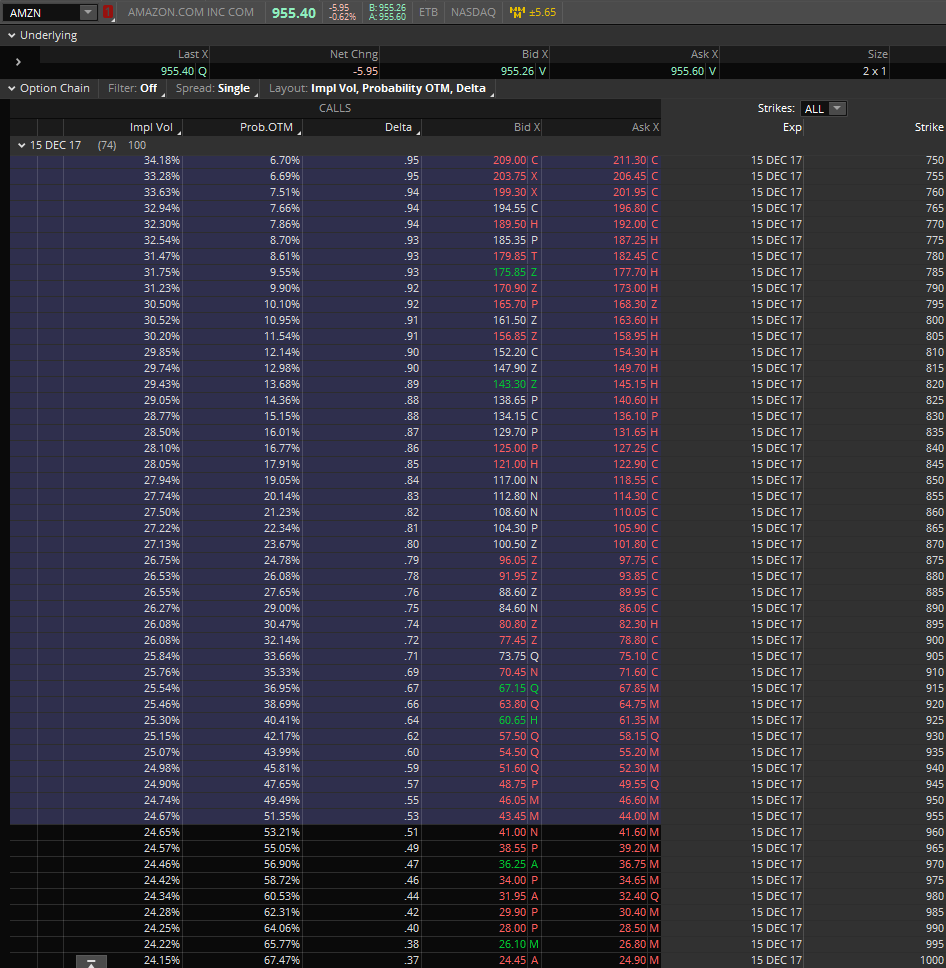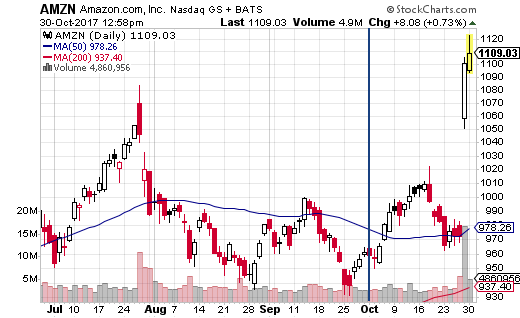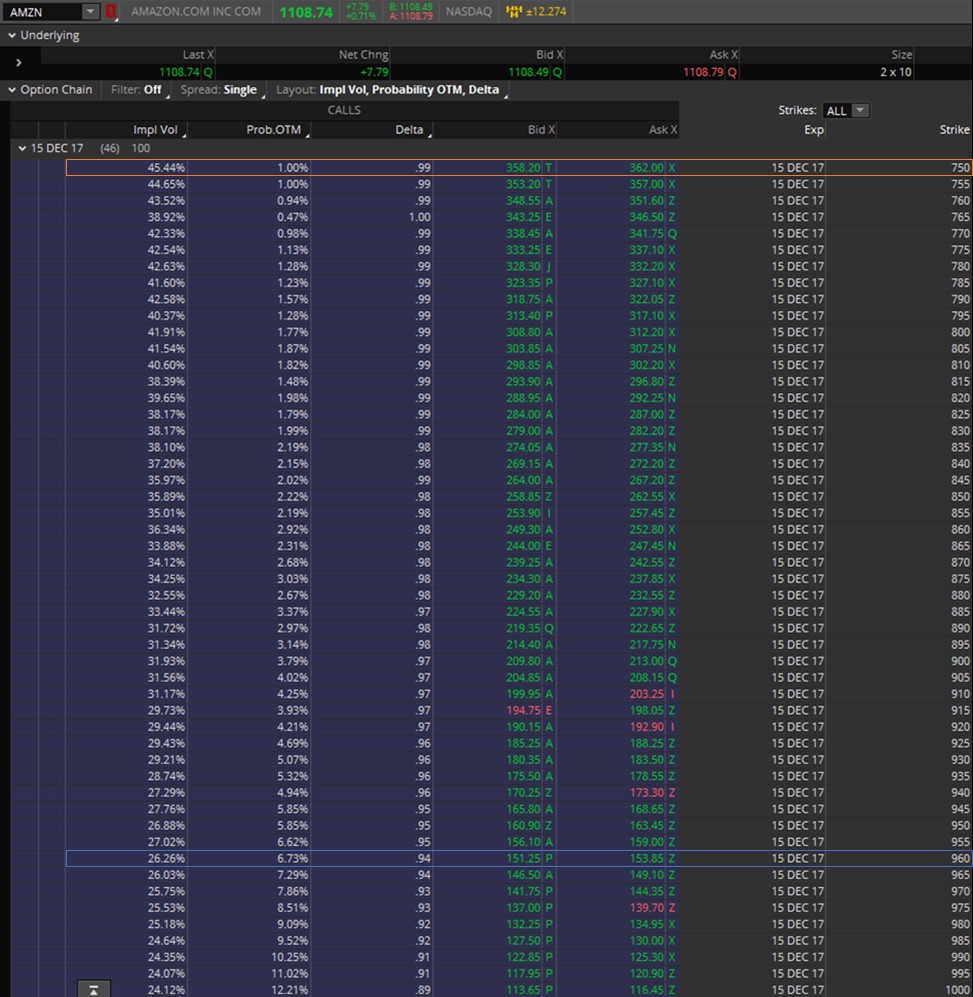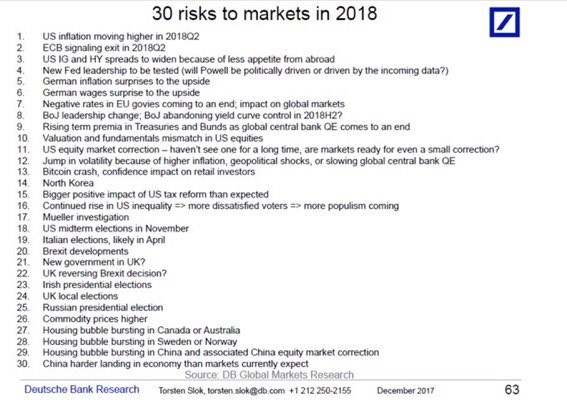It’s make or break time on the tax plan. If the spending bill is delayed, it could trigger a small selloff. And, what traders need to know about cryptos, according to Don Kaufman, co-founder of TheoTrade.
The S&P 500 (SPX) fell 0.41% on Thursday because of worries about the tax cut. Senators Marco Rubio (R-Fla.) and Bob Corker (R-Tenn.) relented and agreed to vote for it. Rubio had come out against the plan because the refundable child tax credit hasn’t been increased enough to satisfy him. Mike Lee agrees with Rubio, but is undecided.
By Monday, the GOP faces a five-day scramble to pass the tax bill and avoid a government shutdown.
Corker opposed the first bill. Collins hasn’t come out with a stance yet either. If Lee says his vote relies on the child tax credit, Senate leadership will need to alter it in the next couple days before the vote. The details are that the tax credit will be increased $2,000 per child with it being refundable up to $1,100. The credit now is $1,000.
President Trump says Rubio will support the bill, while Senator Oren Hatch (R-Utah) says he’s not sure. I will be following this story for the next few days up until the vote next week.
Bloomberg reported Sunday night: Trump, real estate investors get last minute perk in tax bill.
Bitcoin euphoria
We’ve been discussing the lack of volatility all year. There’s no clear reason why it’s down.
Some speculate the central bank balance sheet expansion has led to it while others say the great economy has suppressed volatility. One other possibility is that the volatility has been sucked up by cryptocurrencies.
If you are a trader, it’s best to trade cryptocurrencies because they sway quickly. With most of the speculators in cryptocurrencies, volatility may have left the commodities, bond market and stock market. The chart below shows the number of new cryptocurrency funds which have been launched this year.
Bitcoin debuts on the world's largest futures exchange and prices fall.
CBOE bitcoin futures (XBT).
CME bitcoin futures (BTC).
Bitcoin futures give more opportunity to trade the currency. The spike in crypto funds has been at the behest of commodity hedge funds which has seen a drop in the total launched this year. These charts are more examples of how crazy this frenzy has gotten.

Bitcoin has gotten worse as it has gotten more valuable. It is still volatile, it verifies transactions slowly, it’s tough to sell, and it uses a lot of energy.
I would consider the energy usage a long-term problem if I thought the currency had long-term viability at these levels.
There could be a real-world impact at some point if the exponential price increase continues next year. The chart shows the extreme price movements in the past few years. Bitcoin cannot be used as a currency if the price is this volatile. The chart shows the number of cryptocurrencies.
For most of the existence of bitcoin, the altcoins were thought of as failed copycats. There wasn’t much appetite from investors to buy into them. Starting in 2014, the altcoins became more prevalent.
They exploded in totals and valuations in 2017 because of the price appreciation in ethereum.
One of the principle bitcoin debates is about whether the price is affected by the number of cryptocurrencies. While the number of bitcoin is limited to 21 million, there is an unlimited number of cryptocurrencies.
The prevalence of altcoins hasn’t stopped bitcoin from rallying yet. However, if some gain a higher value than bitcoin, it makes you wonder if it will create instability.
Amid bitcoin bubble, do we finally have a turn in precious metals?

Draghi’s likely path to raising rates
Last week was pivotal for central bankers. The stock market frets a lot less about their policies now because there hasn’t been much to worry about.
However, once the economy falters or inflation spikes, everyone will be wondering about what they will do. The image below shows economists’ expectations for the ECB. I think it’s better to look at what economists think than what Draghi says because he uses their expectations to base his tone.
This roadmap is like a guidance to what the guidance will be. As you can see, in Q1 2018 the bond buying will be cut to 30 billion euros per month. The ECB is expected to announce the end of its bond buying in Q3 which isn’t a shock because everyone expects it to end in Q4.
Its guidance on rates and asset purchases are expected to change in Q3. Then the ECB will hike the deposit rate and the refinancing rate in 2019. I’m interested to see how long the ECB can go on with this normalization process. The question is how long the economy can last without monetary stimulus.

30 risks, continued
I have looked at the first 13 risks on this list.
The 14th risk is North Korea. I usually say a strong economy promotes peace. However, this is a rogue country which can do anything. There’s not much of a way to protect your portfolio from this risk. However, it’s important to monitor it closely.
The 15th risk isn’t a risk. It is a better-than-expected outcome from the tax cuts. I’ve showed how the CBO previously underestimated the growth after the Bush tax cuts were passed. JP Morgan has a 3,000 price target on the S&P 500; it certainly isn’t underestimating the benefits from the tax cuts.

Conclusion
It’s crunch time for the tax plan. The next five days will be the last time you hear about it because it will either get done or it won’t since the GOP lost a seat in the Senate because of the Alabama election.
However, it won’t be the last time you hear about politics this year because the spending bill deadline is December 22. That won’t affect stocks as much as the tax debate, but it could cause a small selloff if there is trouble extending it at least temporarily.
Subscribe to TheoTrade here...
Related series on trading bitcoin and cryptocurrencies on MoneyShow.com:
Getting your feet wet in cryptocurrency
How to trade cryptos safely
Do fundamentals drive bitcoin?
How to keep your cryptos safe





















